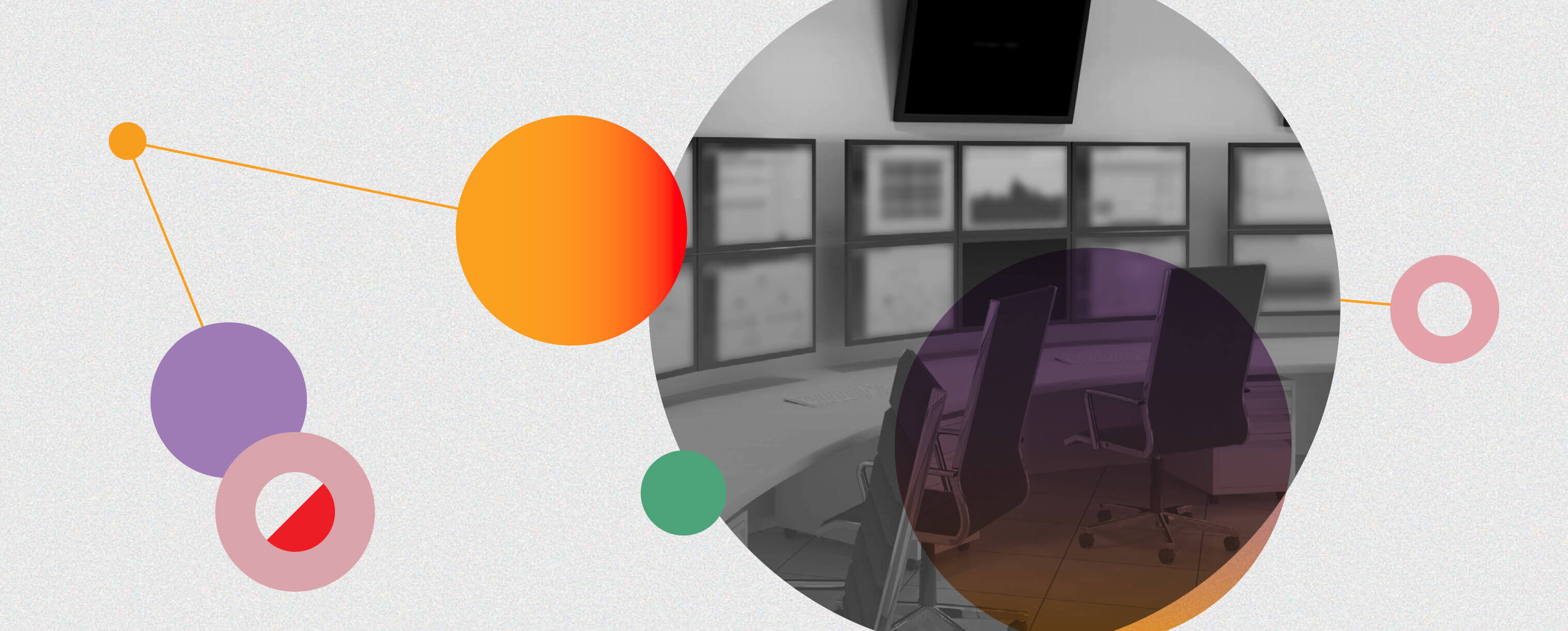|---Module:text|Size:Small---|
The origin of the concept of the Internet of Things (IoT) takes us back to 1999, when the idea of incorporating RFID labels into everyday objects came up, so that they would be identified and monitored by other objects instead of people.
Still nowadays, most current IoT applications, such as asset tracking and remote monitoring data, do not require lightning-fast speeds or 1-ms latency levels. But the focus is shifting to more data-hungry projects towards the hype of 5G, for instance traffic monitoring for self-driving cars. 5G creates the conditions for a more IoT-friendly ecosystem, with vast improvements over the current capabilities of4G.
According to Gartner, 20 billion devices will be connected to IoT network in 2020 [1], the same time 5G is expected to be in place, bringing low latency, better and faster connectivity and high bandwidth reliability, scalability and security, which paves the way to further IoT developments and beyond. And it promises to do so at a low cost and energy consumption, with high agility.
What’s in it for Communication Service Providers (CSPs)?
Along with the promised features, at this point intime it is known that 5G is more than an extension of LTE networks, coming with a new supporting architecture (with consequences for CSPs, who need to leverage software-defined networking [SDN] and network functions virtualisation [NFV]). Therefore, 5G is not just a step up from 4G – it’s on another floor.
As an enhanced mobile broadband, 5G is believed to enable massive IoT, offering the network capacity, high data rates and performance (it supports a higher number of devices at the same time) in multiple applications of IoT in diverse contexts. Below some use cases of the contribution of 5G to IoT, which generate an avalanche of data that needs to be analysed and gathered:
- Autonomous driving: the additional speed and capacity of 5Gwill provide lower latency to connect the car to its surroundings, including other vehicles, opening the road to vehicle-to-everything (V2X) connectivity;
- Industry sector: 5G will allow the connectivity of large networks of sensors in smart industrial facilities, helping to feed the concept of Industry 4.0 and the deployment of predictive analytics based on real-time information collected by complementary technologies such as Augmented Reality;
- Smart Cities: 5G will enable wider applications in smart cities initiatives from water and waste management, traffic monitoring to enhanced healthcare facilities. Smart cities will enjoy the benefits of the new generation network as more and more sensors make their way into city infrastructure;
- Energy & Utilities: 5G can create more innovative solutions in energy production, transmission, distribution and usage, allowing a remote monitorisation of wind farms while using the connectivity to help optimise resource management across the grid;
- Manufacturing and Logistics: by powering robust end-to-end supply chain tracking, remote product quality inspection and vehicle-to-vehicle communication, 5G will support operations to become more flexible and efficient, while also improving safety and reducing maintenance costs;
- Smart Homes: besides enhanced video surveillance, also applicable to public places, LPWAN (low-powerwide-area network) brought by 5G will allow multiple in-home devices to bypass home networks, along with the required setup, and establish a direct connection instead. This results in lower overload on the network, better stability and less downtime for IoT devices, both at home and medical spaces contexts;
- Rural environments: high bandwidth reliability and scalability of 5G will allow a network expansion in rural environments, driving a wave of IoT applications that is sometimes overshadowed by denser urban areas. Besides, 5G may support video analytics to enable firefighters to respond more effectively and more quickly.
5G will thus provide new possibilities for centralising data streams, raising the profile of CSPs as data aggregators. As a result, new revenue models such as data monetisation emerge. Notably, if we look back, a Telco network used to be a fixed structure network to provide either a voice or a data service over a physical connection, and then it became something that can be deployed from a cloud, resulting in reduced costs, among other benefits.
May 5G be a blink-and-you’ll-miss-it experience for CSPs?
On the other hand, some big companies, namely in the Automotive sector, are already planning on building their own 5G network on factories supported by network infrastructure providers, leading to wonder if it can scale to roads and cities. This not only bypasses CSPs’ services but also questions their role in the 5G era.
Final thoughts
Putting the above unfavourable scenario for CSPs aside, with its high data speed, low latency, more flexibility, cost and energy-effectiveness and ability to cope with a greater number of devices, 5G will lay the foundation for unleashing the full potential of the Internet of Things. This will mean for CSPs the need to build a new and robust service model, along with a revised architecture, to address, for example, the potential of Artificial Intelligence maximised by the emergence of large volumes of data, among other technology domains.
Celfocus is an experienced system integrator with an extensive track record of developing multi-segmented IoT projects, ranging from enterprises and end-consumers to industry verticals, profiling it as a right partner to CSPs’ IoT strategies and vision.
|---Module:text|Size:Small---|
References:
[1] https://www.gartner.com/imagesrv/books/iot/iotEbook_digital.pdf

























